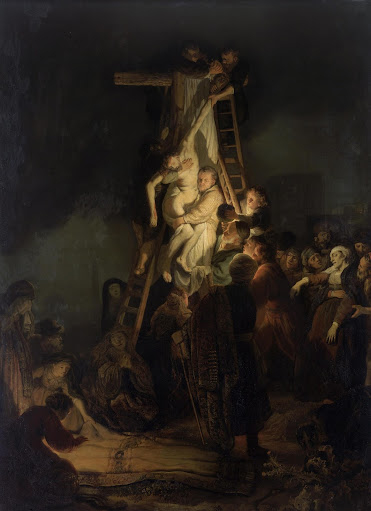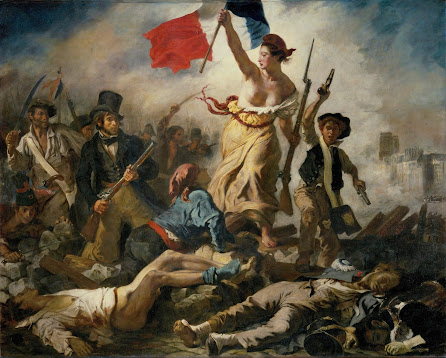Elements of Art Assesment
Art is a very tricky thing to define, as it means many things to many people. In my personal philosophy, I believe that genuinely great art serves as a catalyst for emotions in those consuming it. It sets out to use its elements to tailor an emotional experience in the viewer and it is my personal belief that one of the best examples of molding a viewer's emotions is 2011's, Dark Souls.
 |
| Dark Souls EU Cover Art |
Dark Souls is an action-adventure role-playing video game developed by the Japanese studio FromSoftware and directed by genre veteran Hidetaka Miyazaki. It sounds like an odd choice, I know, but don't pass judgments just yet. Dark Souls has a fantastic understanding of techniques such as color, value, and perspective and it uses these elements to craft a unique and immersive experience worthy of artistic analysis. To demonstrate this, let's take a look at the game's introduction along with two areas in the middle of the game that embody the emotional climax, Sen's Fortress and Anor Londo.
Dark Souls starts out like many entries in the fantasy genre, a grand expository opening that throws a lot of proper nouns doing impressive things at the viewer. Gwyn the Lord of Light throwing lightning spears at Everlasting Dragons, The Witch of Izalith using the Chaos Flame to burn away Archtrees, the Furtive Pygmy discovering the Dark Soul, etc. The part that heightens the experience comes after the opening scene. After seeing all of those mythic legends do legendary things it cuts to a dark hallway, dimly lit by torches, infested with rats, and dripping with dank moisture. It slowly pans up through a door and reveals that the player character is not a gallant hero like the big names just showcased minutes before, but a lowly undead. Your flesh is rotted, you are dressed in rags, and an unknown knight unceremoniously dumps a corpse into your cell.
From there the player takes control and nearly every detail in this starting area is used to help establish a strong sense of perspective and make the player feel small. As the player traverses the asylum they woke up in, the ceilings start to slowly get higher and the doorways to the exit seem to be designed for someone four times your size. Even the camera in its third-person POV looming over the player character adds to the oppressive atmosphere and adds to the feeling of being a small thing in a world not meant for you. Later in the game, after the player has gone through a parish guarded by fire-breathing gargoyles, a sewer infested with giant rats and basilisks, and a plague-ridden shantytown full of thigh-deep toxic sludge, they arrive at a massive castle with another door that looks like it was made for someone five times your size, Sen's Fortress.
 |
| Sen's Fortress front gate |
For many players, this area serves as the emotional nadir of the game. While the previous areas have had their challenges, Sen's is a true and honest gauntlet for the player to run through, complete with pressure plates that trigger arrow traps, Indiana Jones-like boulder hallways, swinging guillotine blades, and a giant Iron Golem waiting for the player at the end of it all. It's not just mechanically draining, however, the more oppressive part of the area is the atmosphere created by the color and values used. The entire castle is made of dingy brown bricks and clouds of gray dust hang in the air, you get the sense that your sinuses would dry out from being around this place just from the color palette.
 |
| Sen's Fortress interior |
However, after dodging the traps and toppling the Iron Golem, the player is left with a glowing ring of light on the ground. After touching it a cutscene triggers where winged bat demons surround the player and begin hoisting them up into the air.
The stark contrast from the twenty or so hours of dingy gameplay finally culminating in a gorgeous sunset over a massive golden city made up of towering cathedrals echoing the architectural aesthetic of twelfth-century France is nothing less than breathtaking.



Comments
Post a Comment